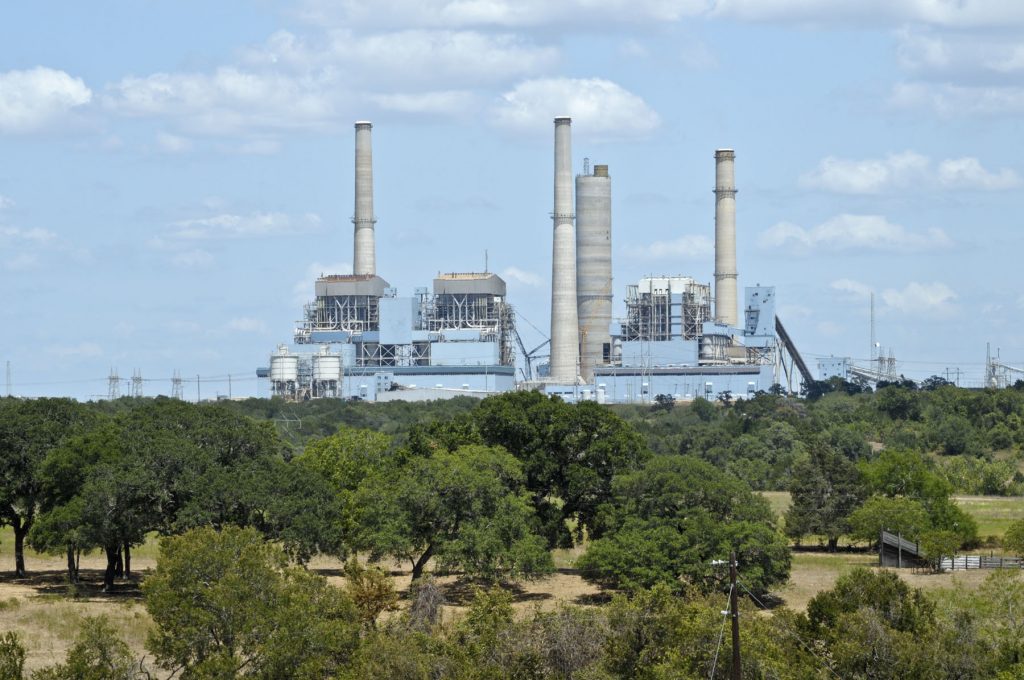Austin Energy is nearing the end of its 2016 rate case, and the results will have consequences for everyone living in the City of Austin.
Why?
A rate case is essentially an opportunity for Austin Energy to review the rates it charges to all of its customers, ranging from low-income to major industrial users. Every five years Austin Energy takes the time to look at these rates, and decide if any changes need to be made. The utility released an official proposal back in January and has been negotiating and discussing the details of that proposal with companies and organizations throughout Austin ever since.
This proposal not only affects each and every one of our pocket books, but also the city’s long-term climate goals. Austin Energy is responsible for 53 percent of the city’s greenhouse gas emissions. The utility’s rates and economic policies have a profound impact on both the amount of energy that Austinites use, as well as where that energy comes from. More info>>
What could new rates mean for large industrial energy users?
Back in 2012, Austin Energy decided to end long-standing discounts to the city’s major industrial companies (like Samsung and NXP) once their contracts came up for renewal in 2015. Since electricity is a major cost for these energy-intensive businesses, they were not pleased, saying that once the contracts expired, their electricity bills would increase significantly.
The Texas legislature was also brought into the discussion, threatening Austin Energy with deregulation if electricity prices for these large businesses got too high. In the interim, City Council voted to temporarily extend the discounts until a long-term solution could be reached. And last year, Council approved new rate classes, with lower rates, for large industrial users.
More recently, as part of Austin Energy’s rate case, the utility conducted a study to determine how much it costs to serve each type of customer. They discovered that residential customers are paying $53 million less than it costs to serve them, while businesses are paying $62 million more.
Then began the long process of negotiations, which has taken up much of 2016.
So what is the agreement?
Finally, Austin Energy executives announced last week that an agreement had been struck with many of the parties who were involved in the rate case. Under the terms of the settlement, Austin Energy will cut its revenue by about $42 million and then pass that savings onto ratepayers. As the Austin American-Statesman reports, the savings will be divvied up amongst the different customer types as follows:
- $5.5 million in savings to the largest electricity users (like Samsung and NXP)
- $5 million to residential customers
- $31 million to the large and small industrial customers
- $1 million to the smallest commercial customers
In addition, most of the companies/organizations involved in the dispute agreed not to seek relief from the state legislature until after 2020.
What does this agreement mean for residential customers?
The major change for residential users comes not from this latest agreement, but from Austin Energy’s original rate change proposal.
Specifically, the plan is to change Austin Energy’s tiered rates for residential customers. Currently, customers who use less energy pay lower rates. This system is designed to both encourage energy efficiency and to help lower-income customers. However, under Austin Energy’s new proposal, these tiers will be significantly flattened. In other words, residential customers with the most energy usage will be given the largest discounts. Those who use the least amount of energy will be subject to rate increases, even with the new $5 million rate relief agreement.
What are the environmental concerns with the Austin Energy rate case?
Public Citizen and the Sierra Club have both taken active roles in advocating for strong environmental reforms in the Austin Energy rate case.
Together, they are advocating for Austin Energy to:
- Create a budget that allows Austin Energy’s portion of the coal-fired Fayette Power Project to retire.
- Maintain a strong tiered structure for residential rates that encourages conservation and helps low-income customers.
- Adopt a policy to fairly compensate businesses for energy they produce from solar energy systems.
- Ensure that enough money is collected to fully fund energy efficiency, solar energy, and demand response programs.
So far, Austin Energy has not addressed most of these positions in the agreement it struck with other participants in the rate case. In response, Public Citizen will be hosting a rally in support of fair rates that reflect Austin’s environmental priorities on Thursday, August 25th at 3pm at City Hall. The rally will be followed by a public hearing on the Austin Energy rate case at 4pm.





